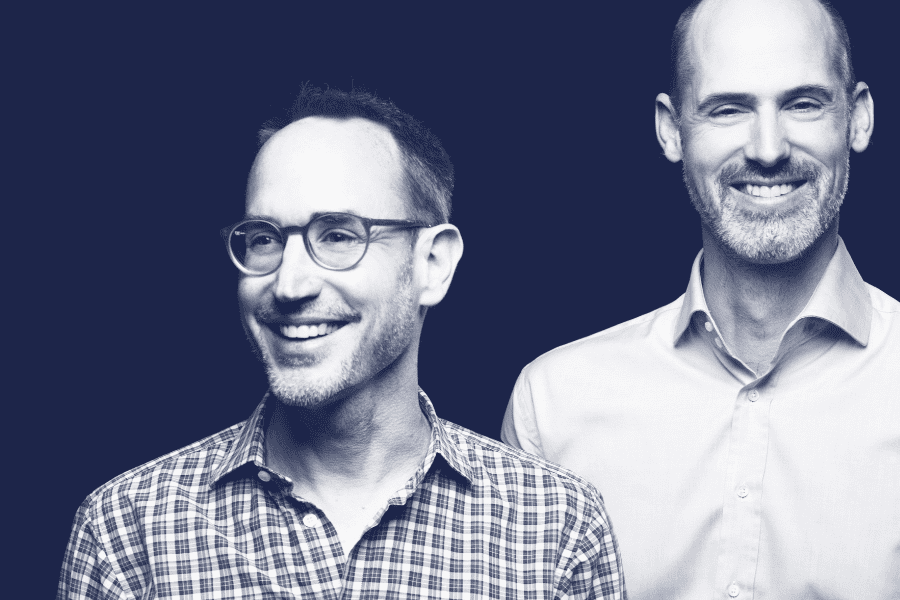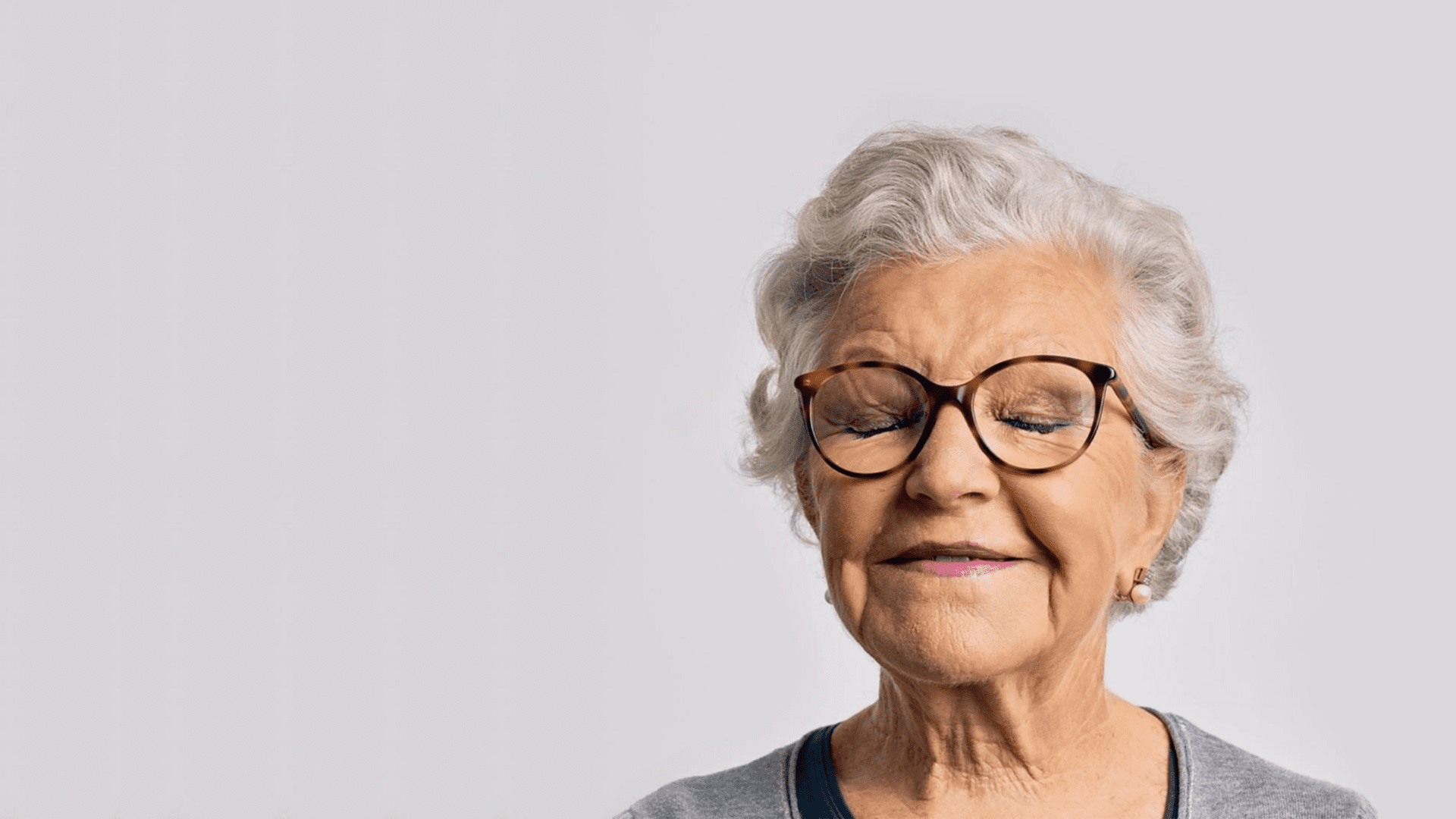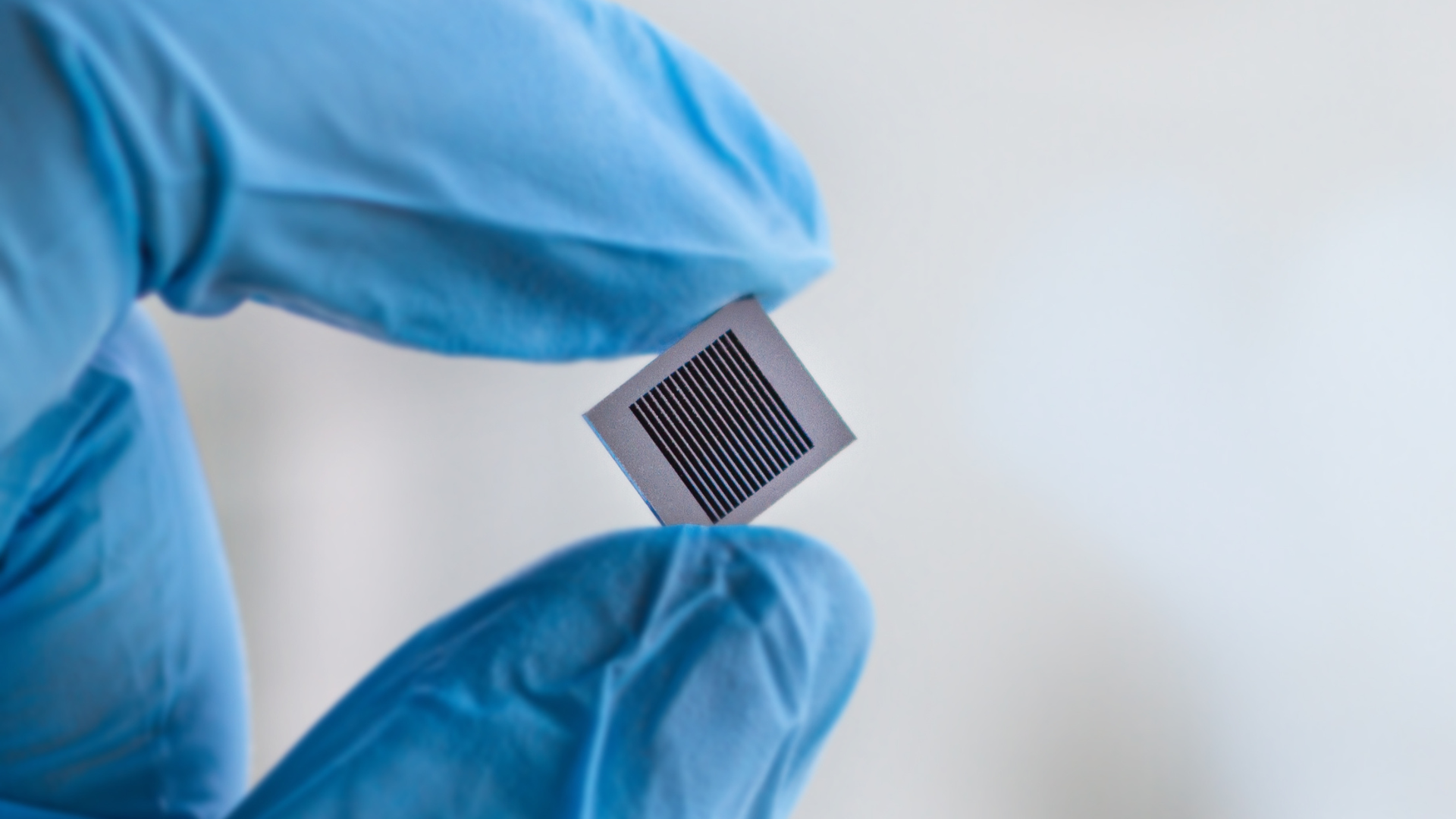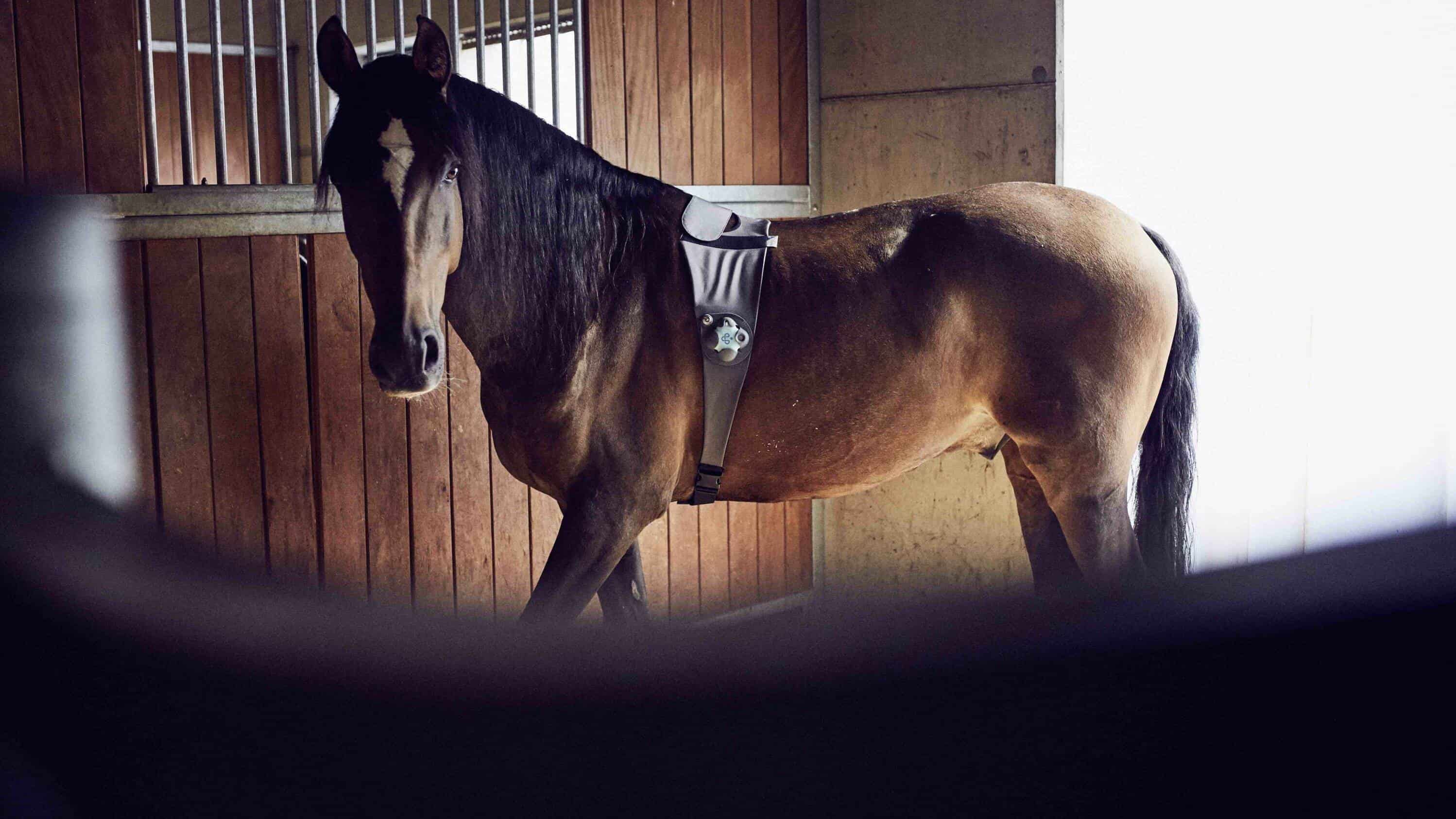In the intensive care units of hospitals, feeding patients poses a problem to physicians, because they lack a tool to monitor stomach functions. Nico Van Tichelen, CEO of VIPUN Medical, explains how the startup is solving this problem.

CEO and co-founder, VIPUN Medical
Nico Van Tichelen is CEO and co-founder of VIPUN Medical. He has more than 15 years’ experience in clinical development, marketing and sales of medical devices in EMEA. Prior to founding VIPUN Medical, Nico was European Marketing Manager for the coronary portfolio of Abbott Labs.
What does VIPUN Medical do?
VIPUN Medical is uncovering a blind spot in the management of critically ill or postoperative patients. Currently, feeding such patients is a difficult task, as nurses and physicians have no monitoring tool for stomach function. We have developed a novel feeding tube that provides an easy way to monitor stomach function while feeding the patients by sensing stomach contractions.
You have 17 years’ experience in pharma and medical devices. What did you do before establishing your own company?
I qualified as a biomedical scientist and started out running pharma and medical device clinical trials. I gradually moved into positions of increasing responsibility until, while I was working at Abbott Vascular as international clinical project manager, I was invited to join the marketing team for cardiac medical devices. Moving on from product management to various international marketing management and sales positions, I gained marketing, sales and financial experience.
Your business partner Pieter Janssen, the company’s CTO, has more than 18 years’ experience in research and product development. What was he working on previously?
Pieter worked at several pharma companies, developing animal models to monitor stomach function. These companies were making medications to stimulate stomach contractions. He worked on animal models to test the efficacy of those pharmacological compounds. Even though the preclinical models were efficient and drugs were developed that could stimulate stomach contractility, he realised that a tool is missing that can detect whether or not the human stomach is contracting. He then started a project together with Prof. Tack at Leuven University specifically to develop a tool that can assess human stomach function.
“About 2 years ago, Pieter told me the first time about the medical device he was developing”
How did you start working together?
We have known each other for a long time. We studied together, but went in different directions. I went into clinical trials and later marketing, whereas he remained in R&D and pharmacological research. About 2 years ago, Pieter told me the first time about the medical device he was developing. He understood that my professional experience complements his and then invited me to found VIPUN Medical together.
How did the idea for the company emerge?
Discussions with several key opinion leaders and the industry soon revealed that the tool that Pieter was developing at the University of Leuven was widely applicable. We believe the most efficient way to make the tool available is through a spinoff.
What preparations did you do before starting the company?
We did a full market analysis as we went to more than fifty physicians and did a usability study to assess which clinical need is most relevant for our technology. Clinical studies were performed at Leuven University. We prepared a full product/clinical development and business plan and got in touch with suppliers that could help us develop this product.
How can your solution be used in medical nutrition?
The VIPUN Gastric Monitoring System can relate to both gastroenterology – the branch of medicine focused on the digestive system – and medical nutrition. These are the fields where patients suffer from gastric motility discomfort. If the stomach does not work anymore it does not send the food to the bowels. If you start feeding these patients in the Intensive Care Unit (ICU), you fill up their stomach until they start vomiting. In gastroenterology, these patients suffer from a chronic stomach discomfort and they start to lose weight because they do not feel like eating. Often this is related to diabetic patients, too.
Who are the patients in the ICU?
Critically ill patients often need a short period of acute monitoring and intensive follow up. But many of them (more than 5 Million per year), stay in the ICU longer than 3 days. They need to be fed as well.
Such patients often have a trauma, for example after a car accident, or may have large burn wounds, have had a cardiac attack or brain seizure. Other patients will stay in the ICU after severe abdominal surgery, which can also lead to gastrointestinal problems.

Invest in Startups
As one of Europe’s most active venture capital investors, we grant qualified private investors access to top-tier European startups. With investments starting at EUR/CHF 10’000, you can build your own tailored portfolio over time and diversify across stages and sectors.
Is monitoring stomach function important for these patients’ comfort?
It is most important for patients’ safety and recovery. If a critically-ill patient is at the ICU, he or she has just experienced trauma. These patients are in half the cases not ready to receive food, but the physician cannot recognise this. If you start feeding a patient who is not ready, you are just filling up the stomach until the patient gets sick. You can imagine that for example for a patient at the ICU who is mechanically ventilated, this can create complications such as aspiration of feed into the lungs.
As a result, physicians feed very conservatively, causing patients to lose up to 1kg of body weight per day, delaying the patient’s recovery.
“Patients to lose up to 1kg of body weight per day”
What do the physicians need to know?
They need to distinguish the patient who is ready to be fed from the one who is not ready. If the patient is ready, they can start drip-feeding him or her in the stomach in a safe way. For those patients who are not ready, they can start intravenous nutrition or they can postpone feeding and avoid complications.
This is currently a blind spot?
Yes – physicians know that they are feeding blindly and therefor they are feeding conservatively. While trying to be more proactive, they also know that that can lead to complications.
So, what do they do today? Hospital staff feeds for a certain amount of time, such as four or six hours, and then they try to suck back the food that has remained in the stomach using a syringe. This is not a nice job; it involves half-consumed food that has been sitting in the stomach for a couple of hours. That food is then lost. Moreover, clinical studies have shown that this is not a scientifically-correct indication for the risk of complications. It has no clinical value – and the physicians are aware of that.
Does this mean that the physicians don’t know what they should be doing?
Indeed, so they keep on doing this trial-and-error approach because there is no other monitoring tool available.
How does the stomach monitoring system developed by VIPUN Medical work?
It involves a feeding tube with a balloon that, when deflated, can be placed through the nose into the stomach. This tube has two lumens: one can be used to infuse the medical nutrition into the stomach, just as with a classic feeding tube. The second one, specific to our device, is used to inflate the balloon in the stomach. The balloon enables us to monitor the pressure changes inside the stomach as it is connected to an electronic unit that measures the pressure. Using our algorithm, the pressure is transformed into a number that the physician can follow. We call that number the “motility index”.
Is it a number on a scale?
Yes, it is on a scale from 0 to 1. It is important to note that in our upcoming clinical studies, we have to define what is normal and what is abnormal. Nobody is looking at this measure today, unlike e.g. blood pressure. We will have to define a threshold that will tell the physician: “your patient is ready to receive nutrition in a safe way and there is a low chance of complications”. Or, if the number is below the threshold: “you have a high chance of complications if you feed the patient through this feeding tube today”.
How will this work in practice?
When physicians and nurses arrive at the ICU in the morning, they review the patients’ overnight data and decide whether to start feeding them. With the ‘VIPUN motility index’ added to the patient’s data, they could know if the stomach is ready to receive food. We anticipate offering 3 alternatives to physicians: “Your patient is ready to be fed” or “You can start feeding slowly but have to be really careful” or “You should not start feeding through the tube”.
In addition, during the period that the patient is being fed, if the motility index drops below the threshold, the electronic unit will show an alarm and the hospital staff may decide to slow down or stop feeding.
Why are stomach contractions a good indicator?
Stomach contractions are a good indicator because they push the food you eat into the bowels. Without contractions, the food stays in your stomach and if you keep on eating, you will get sick.
Let’s say, you go to a restaurant and start eating a heavy meal. When do you stop eating? At first, your stomach works like a reservoir. Then it starts grinding and mixing the food and slowly emptying it into the bowels via contractions. As soon as there is too much food for the bowels to handle, the bowels will tell the stomach via hormonal and other reflexes to stop sending them food, and the stomach stops contracting. We call that the gastro-intestinal feedback loop. That is the moment you feel satiated and stop eating, while many people, wrongly, think this is the moment their stomach if full.
So you see, the stomach contractions are not only a signal about the stomach, but also for the bowels’ capacity to handle the amount of food you give.
Could this process be automated?
Yes, it possibly could. We will first have to study the device in a clinical study in a non-automated way. But when proven clinically, we want it to be so simple that it can be built into a closed-loop feeding pump. So when the stomach contractions start to go down, the feeding pump could automatically decrease the speed of the drip-feeding.
What are the benefits of this special tube?
It replaces the standard feeding tube; it is not an additional product that you have to place inside the patient. In addition to the standard feeding tube features, however, we intend to show in clinical studies that the readout will allow the physician to adjust the feed mode and speed according to the stomach function thereby increasing the nutritional status of the patient while reducing complications.
Moreover, we intend to study the effect of the balloon as a positioning anchor in the stomach, as it could help avoid accidental removal by agitated patients.
What else does the system developed by VIPUN include?
It includes an electronic unit, which looks like a bedside monitor for the patient. The screen can be as large as an iPhone screen and the back is large enough to contain a pump in there to inflate the balloon and it contains the software to run our algorithm.
How can this system help physicians achieve patients’ nutritional goals?
The VIPUN system can help physicians to decide in an objective way if a patient is or is not ready to receive food.
It means that, if a patient is ready, there is no need to be conservative and they can safely feed at the maximum infusion speed to give let’s say 2000 kilocalories per day. On the other hand, if the patient is not ready, a faster decision can be made to start with intravenous feeding, thereby avoiding lost time and avoiding the trial-and-error phase during which the patient experiences complications.
In both cases, our system would allow them to make a faster and informed decision, leading to more nutrition and fewer complications.
What impact will this solution have on the healing process?
The biggest impact will come from avoiding complications. Studies have shown that 50% of patients in the ICU experience feeding-related intolerance. They may have stomach problems, diarrhea, or even pneumonia because they have been sick. We aspire to avoid those complications by not tube feeding those patients who are not ready.
Does better nutritional intake help patients get better faster?
Intuitively, that makes sense, and some studies have shown this is indeed the case. In our own clinical studies however, we will not measure this, as the patient population is so diverse in the ICU, one needs a very large study population to prove it.
Can your solution improve patients’ experience by helping them avoid discomfort?
For the ICU patients who are sedated, it will not make a difference. Nevertheless, even if you are sedated, vomiting or diarrhea is not nice; it can result in longer-term effects and discomfort. For post-surgery patients, who leave the operating theatre and are being drip-fed, we can relieve their discomfort and complications like nausea by not feeding them if the motility is low.
Could your solution also be used for premature babies in neonatal intensive care units?
We often get this question from pediatricians, because new-borns have a high medical need for nutrition there as well. We have decided to first validate this technology in adults and ensure that it is safe and effective, and then move on to pediatrics. As you can imagine, the stomach of a new-born baby is a lot smaller than an adult’s and thus the balloon size will have to be adjusted and new clinical studies done.
What kind of hospital setting is your solution designed for?
Mainly the ICU and the post-operative ward. Intensive care doctors are saying: “I can track every function, but I am really lacking a tool to track for gastro-intestinal status.”
What scale could your solution be applied on?
Globally, there are more than 17 million ICU patients a year. If you stay longer than three days and you cannot eat by yourself, you need to be fed through a tube. This is the case for about 5 million ICU patients every year. We expect that, in the longer term, our tube will help up to 1 million patients every year.
In addition, there are about 10 million abdominal surgeries done every year globally. Studies have shown that in 10% of cases, these surgeries lead to enteral feeding intolerance. These patients can benefit as well from stomach monitoring.
What’s ahead for your company?
The first milestone is starting our next clinical study to define the threshold motility index that defines a good or bad outcome of the patient when starting to feed. All our activities today lead to that clinical study, which will be used for the CE Mark and FDA approval.
At the same time, we should finalise the development of our feeding tube and the electronic unit.
How could you develop your solution in the future?
There is a pipeline of new solutions possible based on our stomach motility monitoring system. One application which we discussed is integrating the algorithm into the feeding pump, so we can automate feeding, relieving the hospital staff from that task. Another application is the pediatric use of the technology. But earlier in time, we believe we can extend our technology to make other types of balloon tubes, for example, a feeding tube that delivers the food directly into the bowels while measuring stomach contractions.
Written by
WITH US, YOU CANCO-INVEST IN DEEP TECH STARTUPS

Verve's investor network
With annual investments of EUR 60-70 mio, we belong to the top 10% most active startup investors in Europe. We therefore get you into competitive financing rounds alongside other world-class venture capital funds.
We empower you to build your individual portfolio.
More News
24.08.2022
Live-in care startup marta secures €6.6m in Seed funding
Startup marta secures €6.6m in Seed funding to revolutionize the elderly care sector. marta is changing the way elderly care is offered.
05.07.2022
The art of feeding cells continuously
Developing technology is one thing, finding a market for it is a completely different story. Startup IRUBIS found out by chance that its single-use component is perfectly suited for biotech companies and developed a system tailored for the biopharma industry. In this interview, co-founder Anja Müller explains why.
08.02.2019
“Horse care is ripe for innovation”
The Swiss startup Piavita brings the veterinary industry into the digital age. We asked co-founder Dorina Thiess how Piavita's vital sign measuring device helps veterinarians save time and enables new insights and Piavita’s growing ties to the US.
Startups,Innovation andVenture Capital
Sign up to receive our weekly newsletter and learn about investing in technologies that are changing the world.




